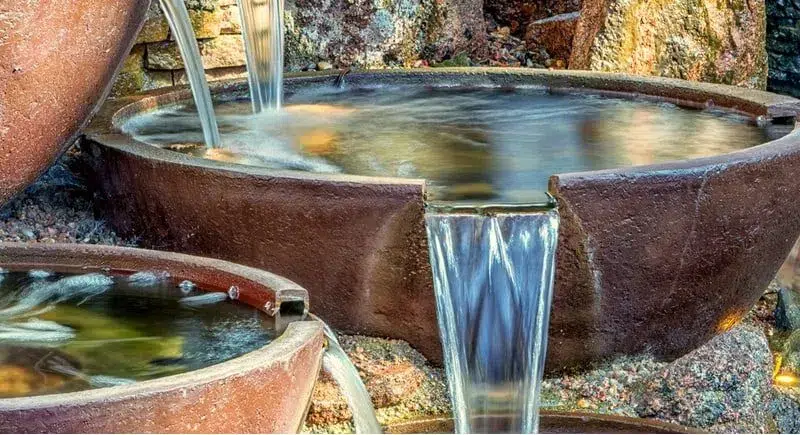Fountains are a great addition to any landscape or garden. They not only add visual appeal but also create a calming and relaxing atmosphere. If you’re new to fountain design and construction, here’s a beginner’s guide to get you started.
Determine the purpose and location of the fountain
The first step in fountain design and construction is to determine the purpose and location of the fountain. Do you want it to be a focal point or a subtle addition to your landscape? Do you want it to be visible from all angles or just one? Once you have determined the purpose, you can choose a suitable location for the fountain.
Choose the style and materials of the fountain
There are different styles and materials of fountains to choose from, such as traditional, modern, or natural. You can choose from various materials such as concrete, stone, metal, or glass. The style and material you choose should complement the overall design and style of your landscape.
Decide on the size of the fountain
The size of the fountain will depend on the purpose and location of the fountain. A large fountain may be suitable for a spacious garden or landscape, while a smaller fountain may be more appropriate for a patio or balcony. The size of the fountain should also be proportional to the surrounding landscape and other elements such as plants and trees.
Choose a water feature
The water feature is the centerpiece of the fountain. There are several types of water features to choose from, such as a spray nozzle, a spout, or a waterfall. The water feature you choose should complement the style and purpose of the fountain.
Determine the water source and plumbing
A water source and plumbing are required for the fountain to function. The water source can be a direct connection to a water supply or a recirculating pump that circulates the water. The plumbing should be installed by a licensed plumber to ensure proper installation and avoid leaks or damage.
Plan the electrical system
The electrical system is necessary for the fountain’s water feature to function. The electrical system includes a pump, lighting, and a control panel. The pump should be the appropriate size for the fountain’s water feature, and the lighting should complement the overall design of the fountain.
Consider maintenance and upkeep
Fountains require regular maintenance and upkeep to ensure they function properly and maintain their visual appeal. Maintenance includes cleaning the fountain, replacing any damaged or broken parts, and winterizing the fountain in cold climates. You should consider the maintenance and upkeep requirements before choosing a fountain design and materials.
Hire a professional
Fountain design and construction can be a complex and time-consuming process, especially for beginners. Hiring a professional can ensure that the fountain is designed and constructed correctly, and meets all safety and building codes. A professional can also provide advice and recommendations on the best materials and design for your specific needs and budget.
In conclusion, fountain design and construction can be a fun and rewarding project for beginners. Determining the purpose and location of the fountain, choosing the style and materials, deciding on the size, selecting a water feature, determining the water source and plumbing, planning the electrical system, considering maintenance and upkeep, and hiring a professional are all essential steps in the process. With proper planning and execution, you can create a beautiful and functional fountain that adds visual appeal and a sense of calm to your landscape or garden.

